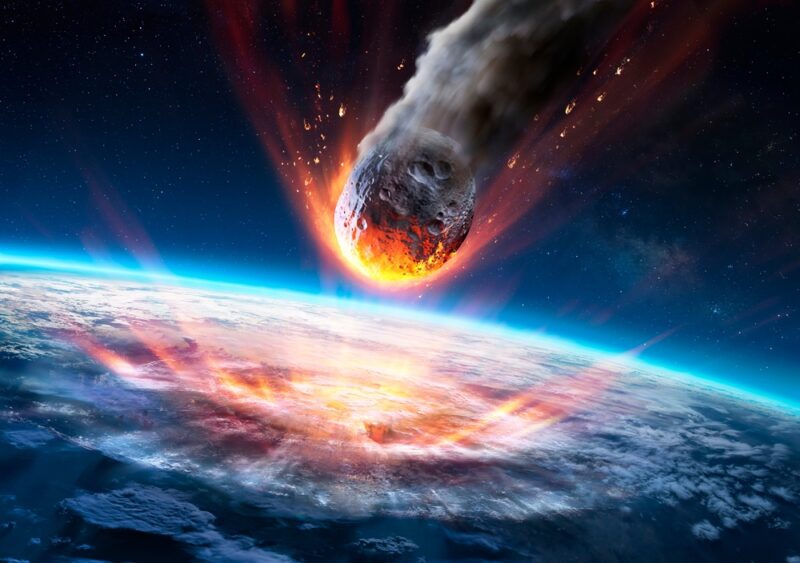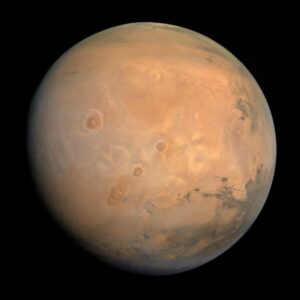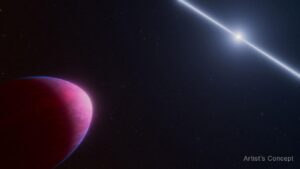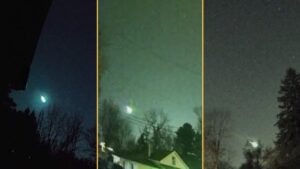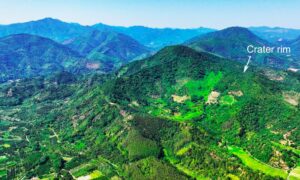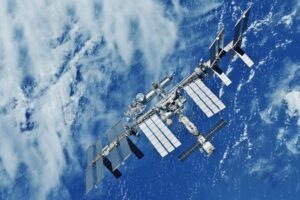Sixty-six million years ago, the Chicxulub asteroid struck Earth off the coast of Mexico, leaving a 150km-wide crater and wiping out 60% of all species, including the dinosaurs. Scientists now think they know where that missile came from –- the outer solar system beyond Jupiter.
Astronomers have long debated the asteroid’s origins and whether it is an asteroid at all. In recent years, they have suspected that it formed in outer space, specifically beyond Jupiter’s orbit.
To settle the argument, German researchers analyzed sediment samples formed during the impact. The strike left a layer of debris across the planet, marking the boundary between the Cretaceous and Paleogene periods. The team took samples from this layer and then compared them to sediments at the sites of five other asteroid strikes that occurred between 36 million and 470 million years ago.
The sediment samples contain ruthenium, an element incredibly rare within the Earth’s crust but associated with asteroids. By comparing the abundance of five different ruthenium isotopes in the samples, researchers could determine what type of space rock caused each impact.
The isotopes of ruthenium within the Chicxulub asteroid’s debris are consistent across all samples, regardless of where they originated. They match those of carbonaceous asteroids, which contain a lot of carbon. This is pretty conclusive evidence that Chicxulub is an asteroid and not a comet, as some suspected.
“It’s the nail in the coffin. This ruthenium isotope signature…cannot be anything other than a carbonaceous asteroid,” Mario Fischer-Gödde, lead author of the study, told The New York Times.
Carbonaceous asteroids formed in the early solar system billions of years ago, beyond Jupiter. Of the six asteroid sites tested, this is the only impact created by a carbonaceous asteroid. All the other impacts were siliceous asteroids, which form much closer to the sun. Usually, they come from the asteroid belt that lies between the orbits of Mars and Jupiter. The authors suggest that the Chicxulub came from just beyond the asteroid belt.
How it ended up colliding with Earth is still a mystery, but this is a huge leap forward.
